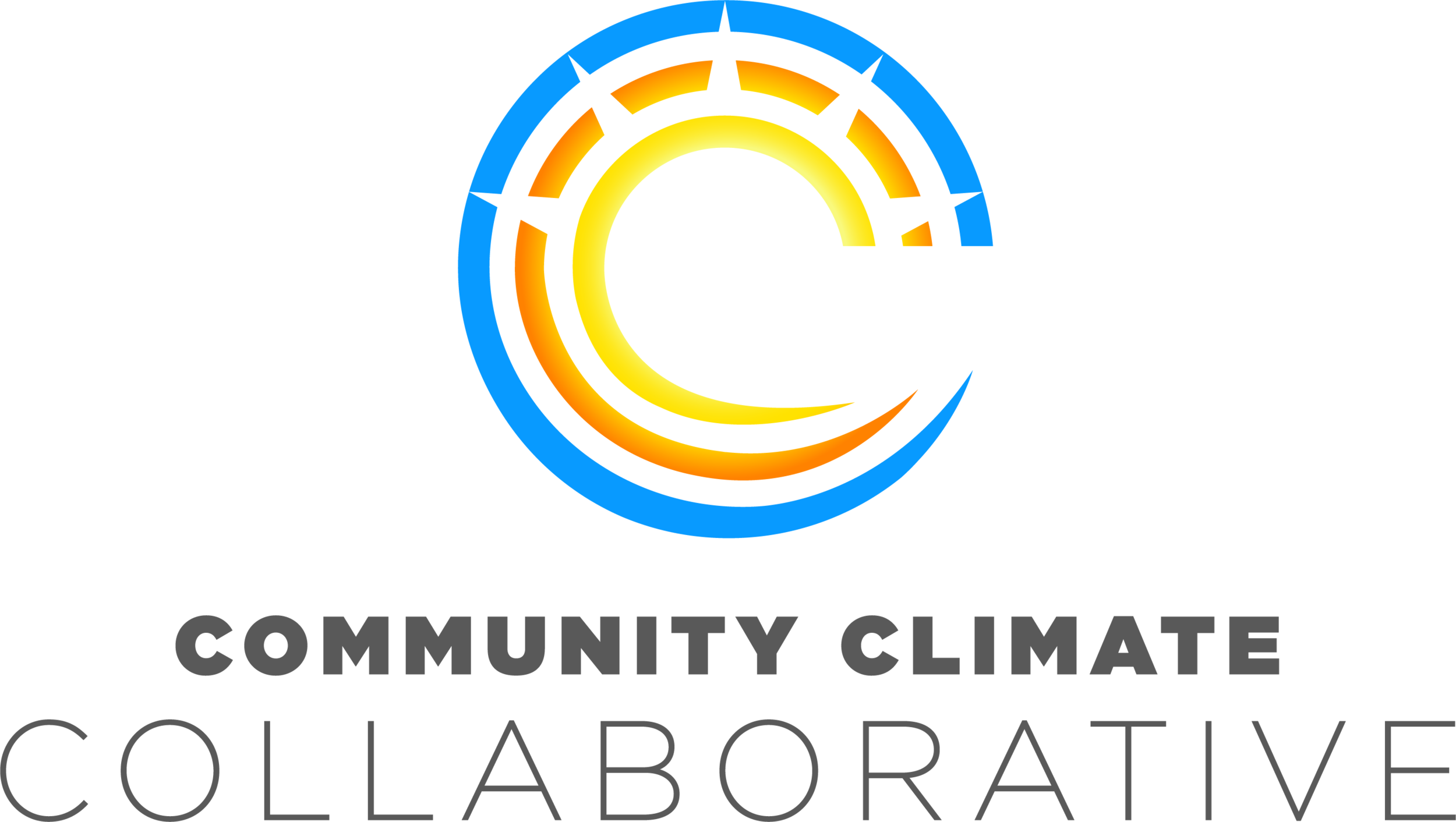How to Recycle in Charlottesville (Part 3 of 3): Local Perspectives on China's Recycling Ban
This is the final blog post in our 3-part Blog Series on How To Recycle in Charlottesville Now
We caught up with four of the area’s leading experts on recycling to find out what, if any, local effects are being felt from China’s Green Fence (now the “National Sword”) and their perspectives on the ban.
Tom Syre, waste consultant for Waste Management, says China’s ban on certain papers and plastics, along with the .5% contamination rate, has definitely caused immense upheaval in the global recycling market with millions of tons of recyclable material being sent to landfill.
But, Syre says, the good news is that the ban has served as a wake-up call at the local level. “Items like a greasy pizza box or plastic bag can contaminate an entire truckload of clean recyclable, rendering it trash that goes to landfill.” It’s forcing service providers to increase their efforts to educate people about proper recycling so the recyclables materials are of higher quality. That way they can actually be made into a new product. Waste Management created a helpful website called Recycle Often, Recycle Right to help recyclers.
Luckily, Rivanna Solid Waste Authority’s McIntire Recycling and other recycling locations have seen minimal impact from the Green Fence, with the exception of #3-#7 plastics, according to Phil McKalips, Director of Solid Waste. Currently the RSWA is evaluating all of their materials to see whether they need to modify in the future.
“In many ways, it’s a good thing,” says Mike Kruse of Evergreen Recycling and Document Destruction. It’s helping us clean up our recycling act that will yield higher recycling rates.. McKalips seconded that (as does Betty — see part 1 of How To Recycle In Charlottesville Now). The mixed-waste processing that was happening throughout Charlottesville may have been convenient, but was only getting around a 20-25% recycle rate.
Sonny Beale has been head of recycling for the University of Virginia for nearly 30 years and has seen it all. “The newest limits in contamination rates set by China’s National Sword have everyone scrambling to find better ways to reduce the contaminants in the commodities stream(s).” This has prompted the recycling and MRF (Material Reutilization Facilities) to spend millions of dollars to obtain cleaner materials that can then be recycled into other items.
In the meantime, he and his team will continue to recycle everything they possibly can at UVA and find even more ways of keeping the recyclables clean. And if you know Sonny, you know he’s up for the Challenge.
Another bit of wisdom from Sonny: remember that recycling is just one part of the three R’s (reduce, reuse, recycle) and therefore starts at the beginning with smarter purchasing and the elimination of single-use plastics (i.e. bring your own reusable mugs and utensils and straws).
And all four of these experts unanimously urged: when you recycle, please recycle right!
Further Recycling Tips:
Recyclables should be reasonably clean, not pristine.
Think of your recyclable as a product that will need to remain clean to be reused over and over again.
Don’t put mixed material products into the recycling bin (this includes paper milk cartons and paper coffee cups — lined with plastic; tetra paks — made of paper and foil; certain gift wrapping — shiny kind is mixed with foil and non-recyclable).
When in doubt, throw it out so you don’t contaminate the whole stream.
